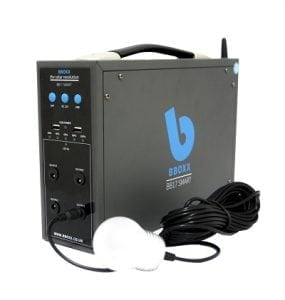
Agriculture
November 9, 2023
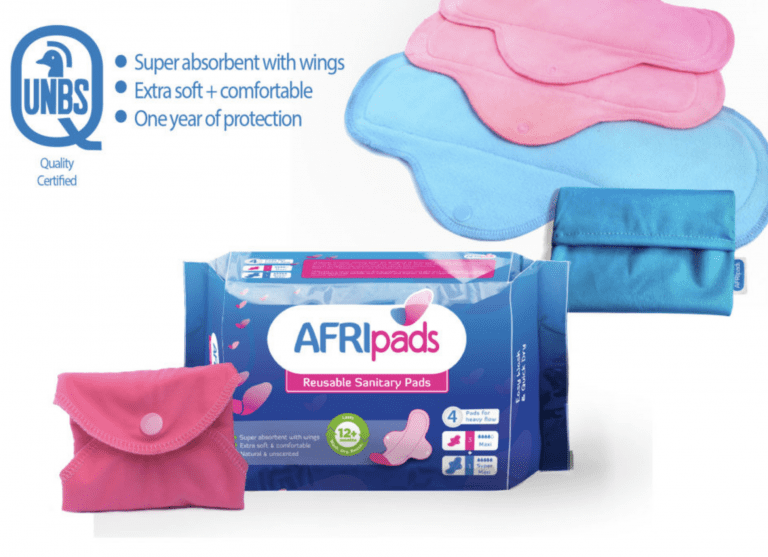
Updated on November 9, 2023
·Created on June 26, 2017
The AFRIpads Menstrual Kit is a set of four reusable sanitary pads, plus one storage bag, sold in Uganda, Malawi and Kenya.
The AFRIpads Menstrual Kit is a set of 4 reusable sanitary pads, plus 1 storage bag. They have a 12-month lifecycle and are solid in Uganda, Kenya and Malawi. The design is a reusable pad that buttons securely into a pair of underwear, providing about 8-hours of use with a 2-hour drying period after washing.
Market Suggested Retail Price
$15.00
Target Users (Target Impact Group)
Distributors / Implementing Organizations
NGOs and international relief agencies, as well as by direct consumer purchases. Partners include Save the Children, ADRA, Plan International, and others.
Manufacturing/Building Method
AFRIpads Menstrual Kits are produced at their manufacturing facility, located in a rural area in Southwestern Uganda.
Intellectural Property Type
Trademarked
User Provision Model
These products are distributed by NGOs and international relief agencies around the world, as well as by direct consumer purchases in Uganda.
Distributions to Date Status
Over 3.5 million AFRIpads Menstrual Kits distributed and counting.
Design Specifications
AFRIpads are made of fleece. The Deluxe Menstrual Kits include
Technical Support
AFRIpads have an instructional video to assist with care, and can be contacted here with questions.
Replacement Components
None
Lifecycle
Manufacturer Specified Performance Parameters
AFRIpads’ specified performance targets include absorption (20 ml and 30 ml for maxi and super maxi, respectively), 2-hour drying time, 12+ month lifecycle, cost-effective and eco-friendly.
Vetted Performance Status
Based on the double XConomy study, girls said the cloth pads they had been given were more reliable than customary methods, AFRIpad had sturdier design than Mwezi Pad, and there is a potential health and safety risk from poor hygiene resulting from lack of access to soap and clean water.
Safety
AFRIpad specifies that users should not use hot water, not use bleach or chemicals, not share pads, not use a hot iron, and make sure the pad is fully dry before wearing or storing.
Complementary Technical Systems
soap, water, underwear
Academic Research and References
Montgomery, P., et al., 2016, Menstruation and the Cycle of Poverty: A Cluster Quasi-Randomised Control Trial of Sanitary Pad and Puberty Education Provision in Uganda. PLoS ONE. Vol 11.
Scott, L., et al., 2013, Sanitary Pad Acceptability and Sustainability Study. University of Oxford.
Hennegan, J., et al., 2016, Measuring the prevalence and impact of poor menstrual hygiene management: a quantitative survey of schoolgirls in rural Uganda. BMJ Open. Vol 6.
Tokuda, K., 2015, Prosocial Cost-benefit Analysis and Hybrid Organization’s Social Impacts on The Extreme Poor: A Case Study of Lunapads, a B Corporation. International Proceedings of Economics Development and Research, Singapore, 85, pp. 26-33.
Millington, K.A., Bolton, L., 2015, Improving access to menstrual hygiene products. GSDRC.
Crofts, T., Fisher, J., 2012, Menstrual hygiene in Ugandan schools: an investigation of low-cost sanitary pads. Journal of Water Sanitation and Hygiene for Development, 2, pp. 50-58.
Compliance with regulations
AFRIpads uses Lunapad's design, which is FDA compliant
Other Information
None

Agriculture
November 9, 2023

Agriculture
November 9, 2023
Implemented by
Aquagenx
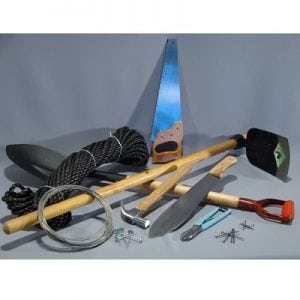
Agriculture
November 9, 2023
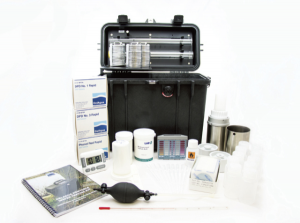
Agriculture
November 9, 2023
Implemented by
DelAgua

Agriculture
November 9, 2023

Agriculture
November 9, 2023
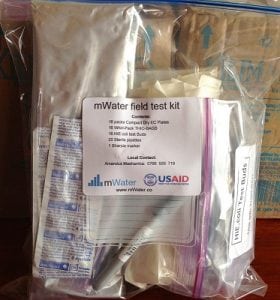
Agriculture
November 9, 2023
Implemented by
mWater
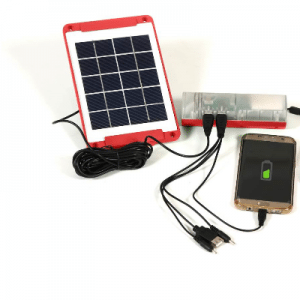
Agriculture
November 9, 2023

Agriculture
November 9, 2023
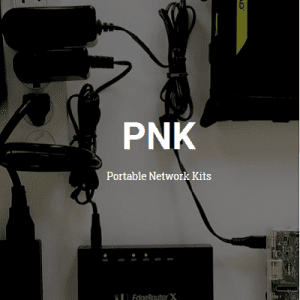
Agriculture
November 9, 2023
Have thoughts on how we can improve?
Give Us Feedback